Getting a good night's sleep is essential for our overall well-being and physical health. However, many individuals struggle with falling asleep or staying asleep throughout the night.
Regular exercise can significantly improve sleep quality and help individuals achieve more restful sleep. In this article, we will explore some of the best exercises for promoting better sleep.
The Importance of Exercise for Sleep
How Exercise Impacts Sleep Quality
Regular exercise has a positive impact on sleep quality. Engaging in physical activity can help to regulate our sleep patterns and promote deeper, more restful sleep. Exercise helps to release endorphins, which can reduce stress and anxiety, helping to calm the mind and prepare it for sleep.
Additionally, exercise increases body temperature, and the subsequent drop in temperature after exercise can promote drowsiness and facilitate falling asleep. Furthermore, regular exercise is known to improve overall health and well-being, contributing to better sleep quality.
In the next section, we will discuss in detail a variety of exercises that can have a negative impact on your sleep-wake cycle as well as your overall sleep quality.
If you want to know have a more detailed look on the relation between sleep and exercising, check the article “How Does Exercise Affect Sleep”.
Aerobic Exercises
These exercises typically involve rhythmic movements of large muscle groups, such as running, swimming, or cycling. They are known for their ability to increase heart rate and breathing, promoting cardiovascular health. In addition to the numerous benefits they offer, aerobic exercises can also have a positive impact on sleep.
Walking
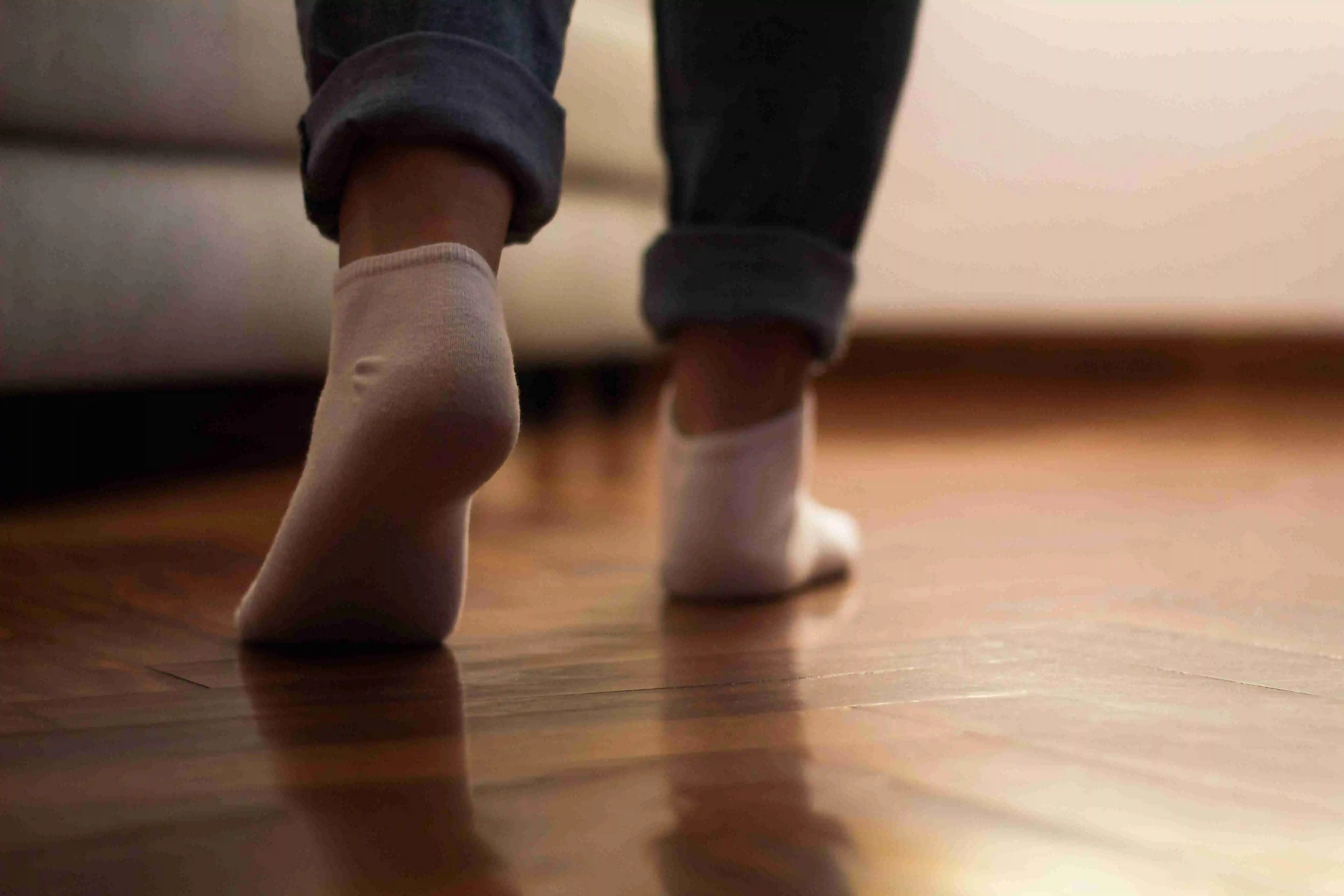
Walking is one of the best exercises for improving sleep quality. Not only does it have numerous physical benefits, but it also positively affects sleep. Regular walking can help reduce stress and anxiety, which are common causes of insomnia. By engaging in this low-impact exercise, the body releases endorphins, which promote relaxation and a sense of well-being.
We recommend walking outdoors in natural light whenever possible, as exposure to sunlight during the day helps regulate the sleep-wake cycle. Additionally, it is advisable to walk at a moderate pace for at least 30 minutes each day. This duration allows the body to release enough endorphins and expend energy without causing excessive fatigue.
Running or Jogging
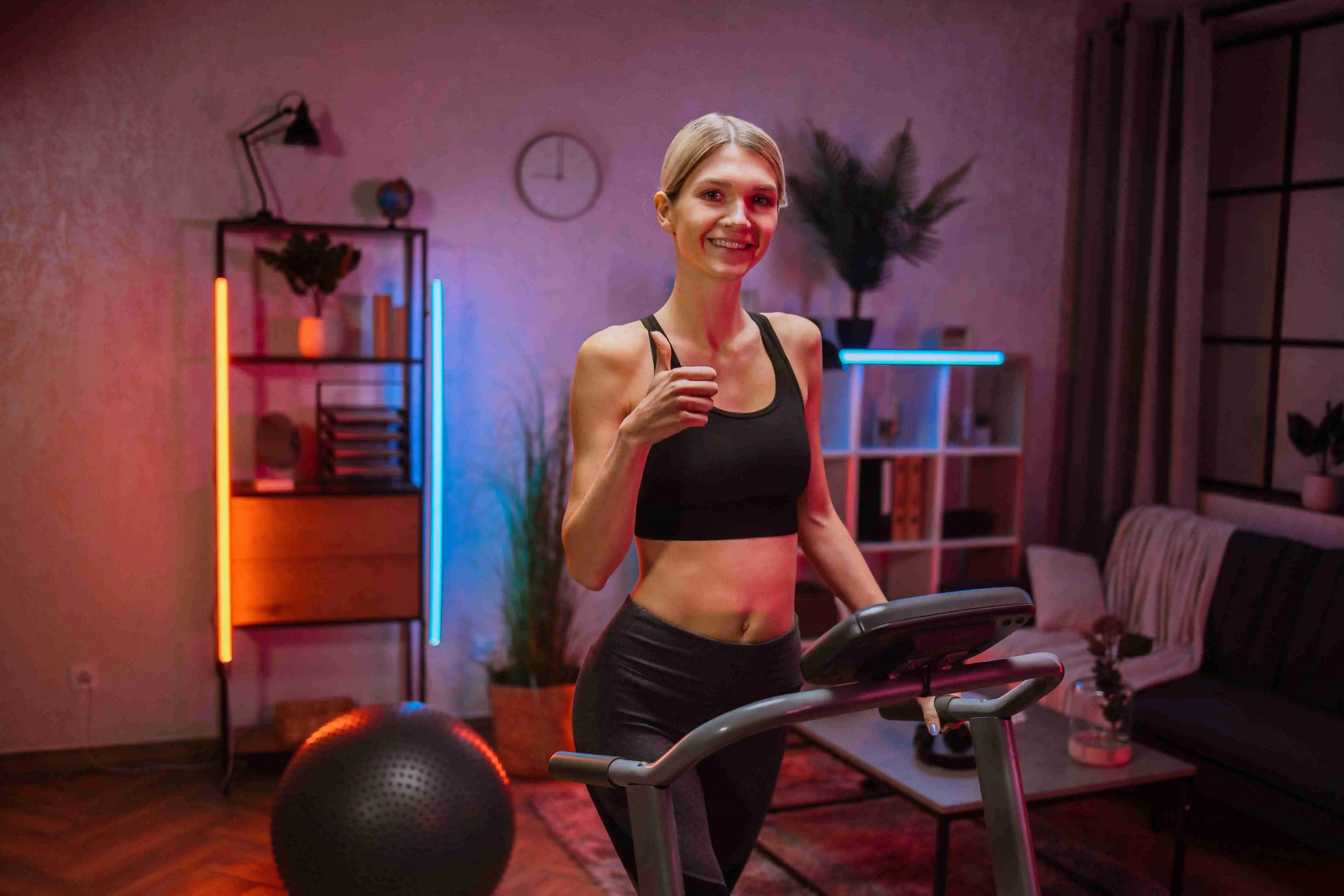
Running and jogging are both excellent forms of exercise that can have significant benefits when it comes to improving sleep. Engaging in either activity on a regular basis can help to decrease the time it takes to fall asleep, improve the quality of sleep, and reduce the occurrence of sleep disturbances.
However, we recommend avoiding exercising too close to bedtime, as this can increase alertness and make it more difficult to wind down. It is best to complete a run or jog at least a few hours before going to bed. Additionally, it is important to listen to your body and not push yourself too hard during exercise. Overexertion can lead to increased stress levels and make it harder to relax and fall asleep.
Cycling

Cycling is an excellent exercise that offers numerous benefits including better sleep. Regular cycling not only improves cardiovascular health but also helps reduce stress and anxiety, which affect sleep negatively.
Cycling can help regulate our circadian rhythm, also known as our internal body clock. Regular cycling helps synchronize our body's natural sleep-wake cycle, making it easier to fall asleep at night and wake up feeling refreshed in the morning.
Additionally, cycling also increases body temperature, and as our body cools down after exercise, it triggers a drop in temperature that signals the brain to prepare for sleep.
Establish a consistent cycling routine and strive for at least 30 minutes of moderate-intensity cycling daily. However, it is important to avoid intense workouts close to bedtime, as they may stimulate the body and make it harder to wind down before sleep.
Swimming

Not only does swimming provide a full-body workout, but also the repetitive movements in the water can have a calming effect on the mind, allowing for a better night's sleep.
Additionally, swimming helps to improve cardiovascular health and increase lung capacity, leading to more restful sleep. The coolness of the water helps to lower body temperature, signaling to the brain that it is time to sleep. This can be especially beneficial for individuals who struggle with insomnia or have difficulty falling asleep due to overheating.
Swimming earlier in the day is generally recommended, rather than right before bedtime, as vigorous exercise close to bedtime can make it more difficult to fall asleep. Also, incorporating relaxation techniques such as deep breathing or stretching into your swimming routine can enhance its sleep-inducing effects.
Strength Training
Strength training, also known as resistance training, is a form of exercise that focuses on increasing muscle strength and endurance by using resistance or weights. It entails lifting weights or using bodyweight exercises such as push-ups and squats.
Weightlifting
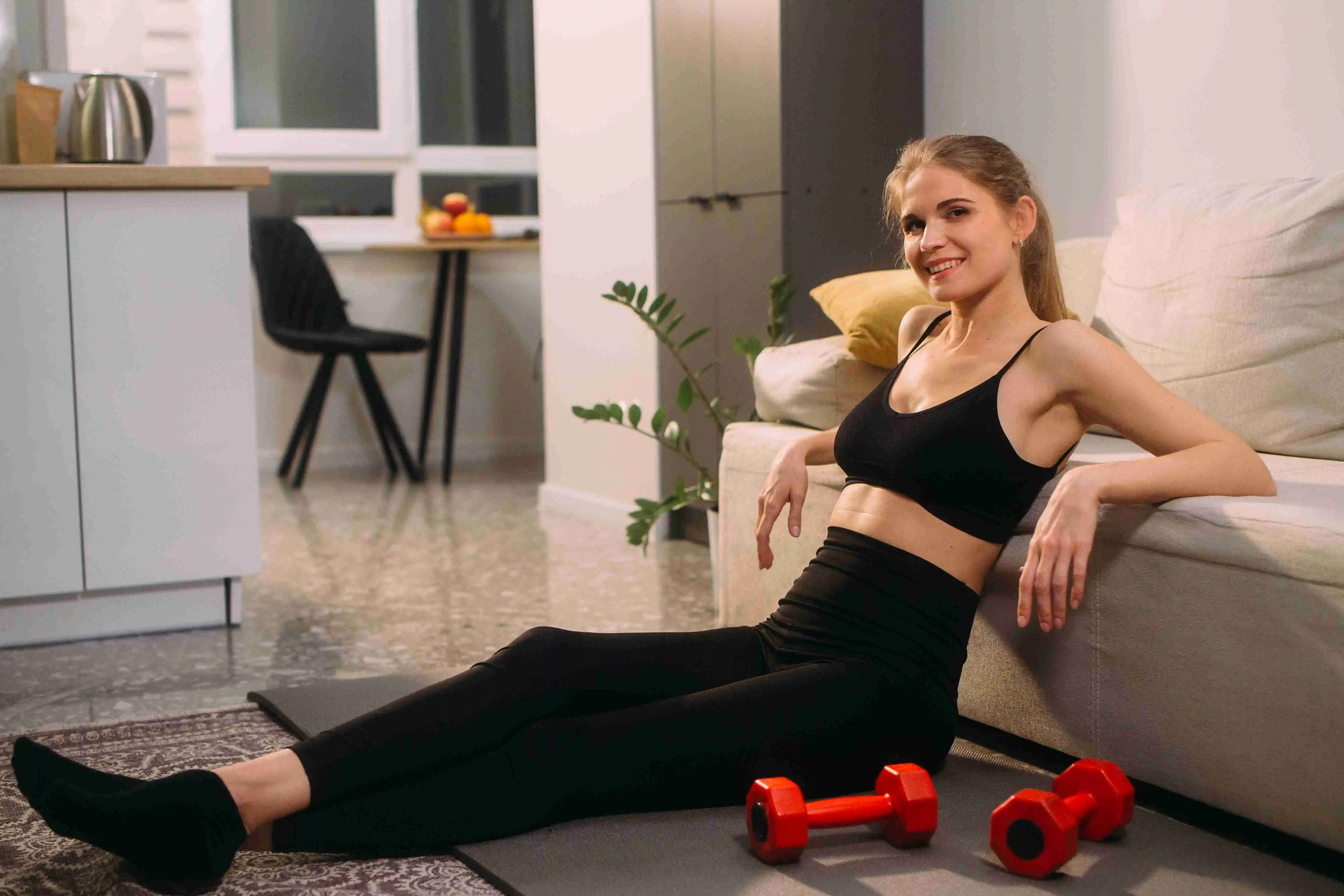
Regular weightlifting exercises can improve sleep in a variety of ways. Firstly, weightlifting promotes the release of endorphins, which are natural mood boosters that can help reduce stress and anxiety. Additionally, weightlifting increases the production of growth hormone, which plays a crucial role in regulating sleep patterns.
Maintaining a consistent exercise routine is the key to better sleep. Incorporate regular weightlifting sessions into your weekly schedule to create a routine that your body can adapt to. It is also crucial to listen to your body and avoid overtraining, as pushing too hard can lead to increased cortisol levels and disrupt sleep patterns.
Bodyweight Exercises
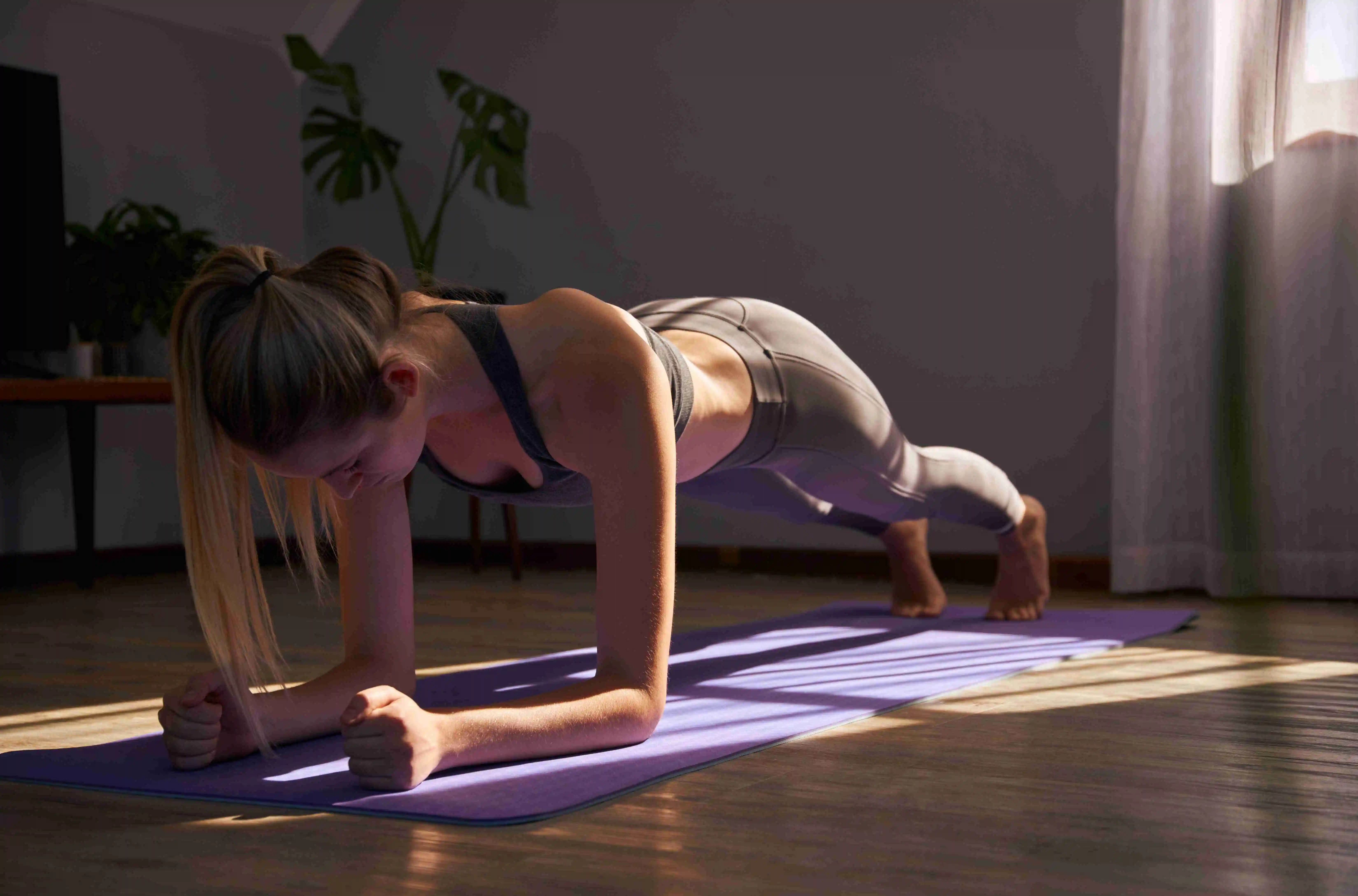
Bodyweight exercises use the weight of your own body for resistance, which offers numerous benefits. First, they are accessible to everyone, as they require no special equipment or gym membership. This means that you can easily incorporate them into your daily routine, whether you are at home or traveling.
Additionally, bodyweight exercises engage multiple muscle groups, leading to increased blood flow and improved circulation; they also promote quality sleep by increasing the production of endorphins, which are known as "feel-good" hormones that promote relaxation and reduce stress.
Aim to incorporate these exercises into your routine on a regular basis, ideally at least three times a week. When it comes to reaping the benefits of exercise on sleep, consistency is key, and it will ensure that you stick to your routine.
Yoga
Yoga is a holistic practice that combines physical postures, breathing exercises, and meditation to promote overall health and well-being. As a form of exercise, yoga helps to improve flexibility, strength, and balance. However, it is not just a physical practice; it also has a profound impact on the mind and spirit.
Hatha Yoga
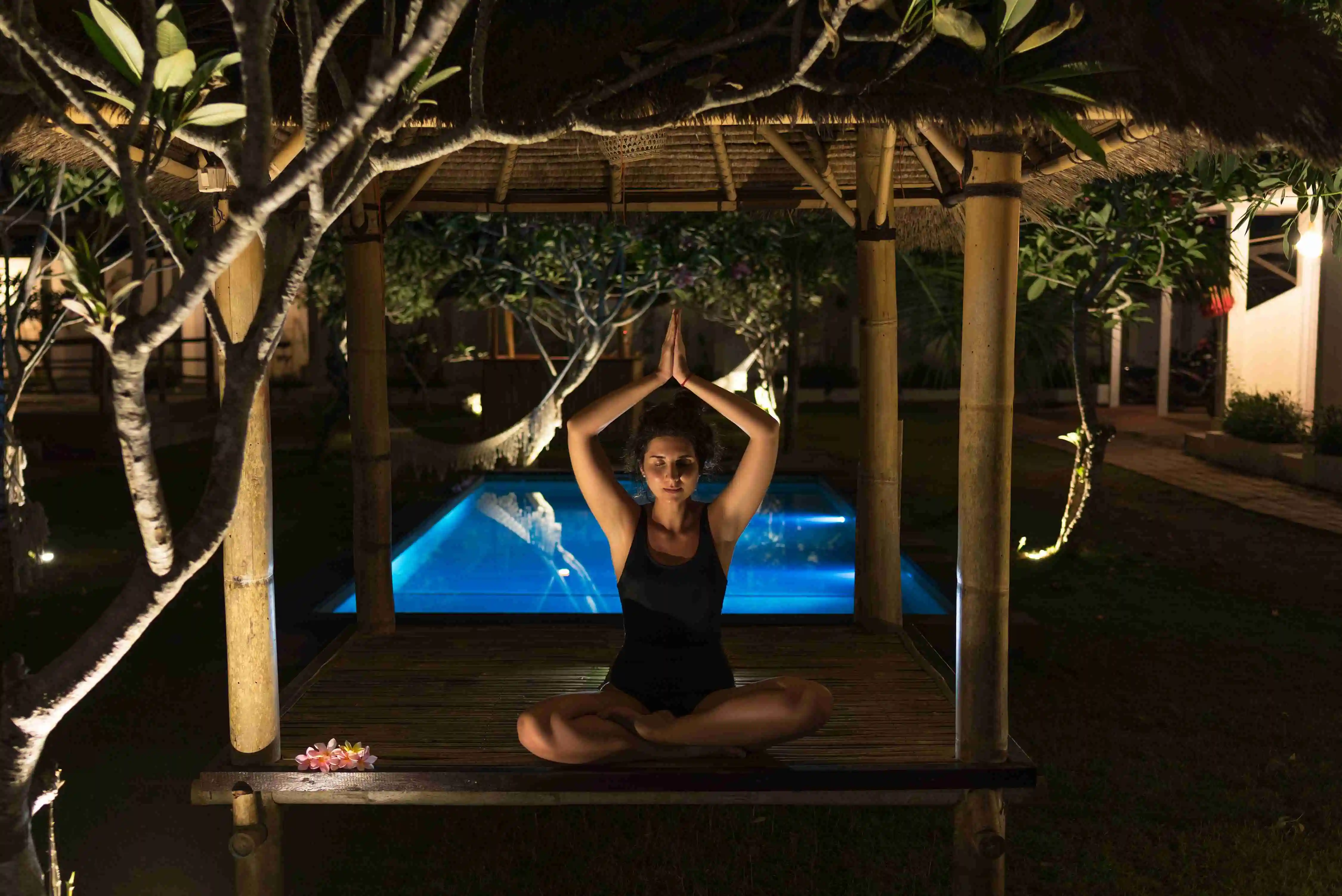
This ancient practice combines physical postures, breathing exercises, and meditation techniques to create a holistic approach to health and well-being. When it comes to sleep, Hatha Yoga helps relax the body and calm the mind, providing a much-needed release from stress and tension.
By engaging in gentle stretches and holding poses for longer durations, practitioners can release physical tension from their muscles, allowing for a more restful night's sleep.
Practice Hatha yoga in the evening, closer to bedtime, to optimize its benefits and facilitate a smooth transition into sleep. It is also advisable to create a relaxing environment by dimming the lights, playing soft music, or using essential oils known for their calming properties.
Additionally, practicing slow and gentle movements with deep breathing can help activate the relaxation response in the body.
Restorative Yoga
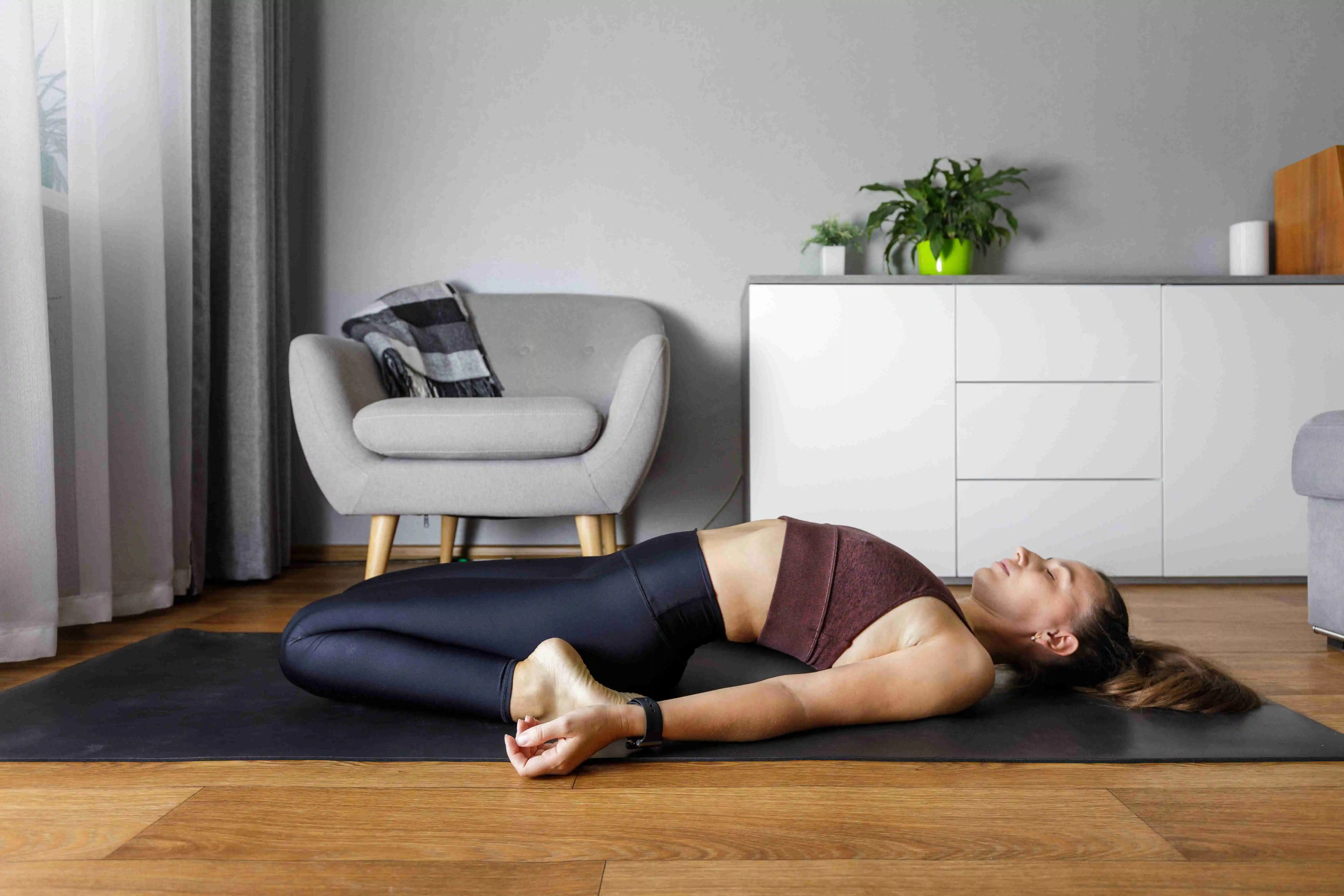
This gentle and calming practice helps relax both the body and the mind, making it easier to achieve restful sleep. One of the key benefits of restorative yoga is its ability to reduce stress and anxiety, which are common culprits of sleep disturbances. It helps lower heart rate, blood pressure, and stress levels, promoting a state of relaxation that is conducive to falling asleep and staying asleep throughout the night.
Some of the best practices for restorative yoga include using supportive props such as bolsters, blankets, and blocks to help the body relax into each pose without strain or discomfort, as well as focusing on deep breathing and allowing yourself to fully surrender to each pose, letting go of any tension or thoughts that may be keeping you awake. Practice restorative yoga at least 30 minutes before bedtime to allow your body to fully unwind before sleep.
Yoga Nidra
Yoga Nidra, also known as "yogic sleep," is a powerful practice that can greatly benefit your sleep quality, and it involves a guided meditation that relaxes both the body and mind, helping you achieve a state of deep relaxation.
By calming the nervous system, Yoga Nidra can alleviate stress and anxiety, two common culprits of poor sleep. Moreover, this practice helps regulate blood pressure and heart rate, promoting a sense of relaxation.
To make the best out of yoga Nidra, try to find a quiet and comfortable space where you won't be disturbed. Ensure your body receives full support by lying down on a soft mat or blanket. It's also beneficial to use an eye pillow or cover your eyes with a cloth to block out any external light.
You can also find a reliable guided meditation or audio recording to follow along with. There are many resources available online that offer Yoga Nidra sessions specifically designed for better sleep.
Stretching
Stretching refers to the process of gently elongating the muscles and tendons in order to improve flexibility and range of motion. It is an essential component of any exercise routine because it helps warm up the body, prevent injuries, and improve physical performance.
Static Stretching
Static stretching is effective in improving sleep quality because, when we engage in static stretching exercises before bed, it helps to relax our muscles and release tension built up throughout the day. This promotes a sense of relaxation and calmness, making it easier for us to fall asleep and stay asleep throughout the night.
Perform static stretching exercises at least 1-2 hours before bedtime. This allows our body temperature to cool down after exercise, which is essential for initiating sleep. Additionally, focusing on stretching the major muscle groups, such as the legs, back, and shoulders, can be particularly beneficial for promoting muscle relaxation and reducing any discomfort that may interfere with sleep.
Dynamic Stretching
Dynamic stretching, a form of exercise that involves moving the muscles through a full range of motion, has a positive impact on sleep. Engaging in regular dynamic stretching before bedtime can help relax the body and prepare it for a restful night's sleep. This type of stretching promotes blood flow to the muscles, increasing circulation and reducing muscle tension.
It is important to prioritize consistency. Making dynamic stretching a regular part of your bedtime routine can help signal to your body that it is time to wind down and prepare for sleep.
Also, listen to your body and don't push yourself too hard during dynamic stretching. Gentle movements and stretches are sufficient to reap the benefits of sleep.
Mind-Body Exercises
Mind-body exercises refer to a variety of physical activities that integrate both mental and physical components. These exercises aim to bring harmony and balance to the mind and body, promoting overall well-being. Examples of mind-body exercises include yoga, tai chi, and Pilates.
These practices emphasize the connection between breath, movement, and mindfulness, helping individuals cultivate self-awareness and reduce stress.
Tai Chi
Tai Chi is a traditional Chinese martial art that combines gentle movements with deep breathing and mindfulness. It improves sleep quality and decreases insomnia symptoms. The slow, flowing movements of Tai Chi help to relax the body and mind, promoting a sense of calmness and reducing anxiety and stress.
Regular Tai Chi practice can improve sleep in the long run, so it's advisable to practice at least a few times a week. It is important to find a comfortable and quiet space to practice Tai Chi, free from distractions that may interrupt your focus and relaxation. Also, it is advisable to practice Tai Chi in the evening or before bedtime to help prepare the body and mind for sleep.
Pilates
Pilates is a low-impact workout that focuses on strength, flexibility, and body awareness. By engaging in regular Pilates sessions, individuals can experience improved sleep patterns and a more restful night's sleep.
Pilates incorporates deep breathing techniques and mindful movement, which help to calm the mind and relax the body. By practicing these techniques regularly, individuals can reduce the racing thoughts and tension that often interfere with falling asleep and staying asleep. Pilates also improves overall physical fitness. Regular Pilates sessions can increase strength, flexibility, and balance, leading to reduced discomfort and pain that may disrupt sleep.
Practicing Pilates earlier in the day, instead of right before bed, can help energize the body during the day and promote a more restful sleep at night.
Progressive Muscle Relaxation (PMR)
PMR involves tensing and then relaxing each muscle group in the body, promoting a deep state of relaxation. By incorporating PMR into a regular exercise routine, individuals can experience reduced muscle tension, lower stress levels, and ultimately achieve a more restorative night's sleep.
To maximize the benefits of PMR for sleep, it is important to follow some best practices. We recommended practicing PMR in a quiet and comfortable space, free from distractions; this will allow individuals to fully focus on the muscle relaxation exercises, enhancing their effectiveness. Secondly, incorporating PMR into a bedtime routine can signal to the body that it is time to unwind and prepare for sleep.
Breathing Exercises
Deep breathing exercises, such as diaphragmatic breathing or belly breathing, can help activate the body's natural relaxation response and reduce stress levels before bedtime. These exercises involve taking slow, deep breaths, inhaling deeply through the nose, and exhaling slowly through the mouth.
Making it a habit to incorporate breathing exercises into a nightly routine can help signal to the body that it is time to wind down and prepare for sleep. We also recommend finding a quiet and comfortable space, free from distractions or noise, to practice these exercises.
Additionally, combining breathing exercises with other relaxation techniques, such as meditation or gentle stretching, can further enhance their effectiveness for promoting better sleep.
Tips for Creating the Best Exercise Routine for Better Sleep
Set Clear Goals
To create the best exercise routine for better sleep, it's important to start by setting clear goals. Determine what you want to achieve through your exercise routine, whether it's to improve your overall fitness, lose weight, or reduce stress. By having clear goals in mind, you can tailor your exercise routine to meet those specific objectives.
Choose the Right Time
Choosing the right time to exercise is crucial for improving sleep. Some people find that exercising in the morning helps them feel more energized throughout the day, while others prefer to exercise in the evening to help them wind down before bed. Consider your own body's natural rhythms and preferences when deciding on the best time for your workout.
Incorporate a Variety of Exercises
It is important to incorporate a variety of exercises into your routine. This helps to engage different muscle groups and prevent boredom. Including cardio, strength training, and flexibility exercises can help promote overall physical fitness and better sleep.
Create a Balanced Weekly Schedule
Creating a balanced weekly schedule that incorporates regular exercise can greatly improve your sleep quality. When planning your exercise routine. By creating a routine that combines cardiovascular exercise and strength training, you can optimize your chances of achieving a good night's sleep.
Pay Attention to Intensity and Duration
It's important to consider the intensity and duration of your workouts. Aim for at least 150 minutes of moderate aerobic activity or 75 minutes of vigorous aerobic activity each week. Engaging in activities like brisk walking, cycling, or swimming can help you achieve this.
Include Wind-Down Activities
Wind-down activities are gentle exercises or relaxation techniques that help calm the mind and prepare the body for sleep. These can include activities such as stretching, yoga, deep breathing exercises, or meditation. By incorporating wind-down activities into your exercise routine, you can further promote relaxation and enhance the quality of your sleep.
Monitor and Adjust
Monitoring and adjusting your routine is crucial. Pay attention to how your body responds to different exercises and adjust accordingly. it is important to gradually increase the intensity and duration of your workouts to avoid overexertion.
Stay Consistent
Staying consistent with your exercise routine is key to better sleep. Regular physical activity has been shown to improve sleep quality and duration. To maintain consistency, find activities that you enjoy and mix up your routine to keep things interesting. This will help you stay motivated and committed to your exercise goals.
FAQs
What is the best exercise for insomnia?
When it comes to finding the best exercise for better sleep and insomnia, it is important to consider activities that help promote relaxation and calmness. One of the most effective exercises for improving sleep quality is yoga, which is one of the best insomnia exercises before bed. Yoga combines gentle stretching and breathing techniques that help reduce stress and anxiety, which are often major contributors to insomnia.
Is working out before bed wrong?
The impact of exercising before bed varies from person to person. Engaging in vigorous exercise close to bedtime may increase alertness and make it difficult to wind down. However, light-to-moderate exercises, such as stretching, yoga, or other exercises to do in bed, can help relax the body and promote better sleep. Avoid doing high-intensity workouts such as cardio before bed, or push-ups before bed.
Does a lack of sleep interfere with your exercise performance?
There's a strong connection between exercise and sleep. Sleep is crucial for the body to recover and repair itself, and it plays a vital role in various physiological processes that are necessary for optimal exercise performance. Lack of sleep can significantly reduce our energy levels, hindering our ability to perform optimally during workouts or physical activities.
What is an easy exercise to sleep fast?
Stretching is a simple exercise that can help you sleep better. Gentle stretching exercises, such as yoga or simple stretches, can help release tension in the muscles and promote relaxation, and it's a great addition to your night workout routine. Walking is another effective exercise for improving sleep. Taking a brisk walk in the evening can not only help tire the body but also provide fresh air and clear the mind, making it easier to fall asleep, which makes it one of the best exercises for sleep.
Conclusion
Incorporating regular exercise into your daily routine can greatly enhance the quality of your sleep. The key is to find activities that you enjoy and that are suitable for your fitness level. Whether it's yoga, walking, or strength training, any form of physical activity can have a positive impact on your sleep patterns.
Remember to consult with a healthcare professional before starting any new exercise program, especially if you have any underlying health conditions.
Jessica H.
Jessica is a reviewer, writer, and sleep enthusiast at Sleepiverse. Jessica graduated with her master's degree in Nursing research and education. She is a registered nurse and currently works in the Intensive Care Unit. Since becoming a nurse, Jessica has worked the night shift, which means a disrupted sleep schedule. Knowing she needed to function at her best while caring for patients at night, she spent a lot of time researching how to sleep well with a difficult schedule.


